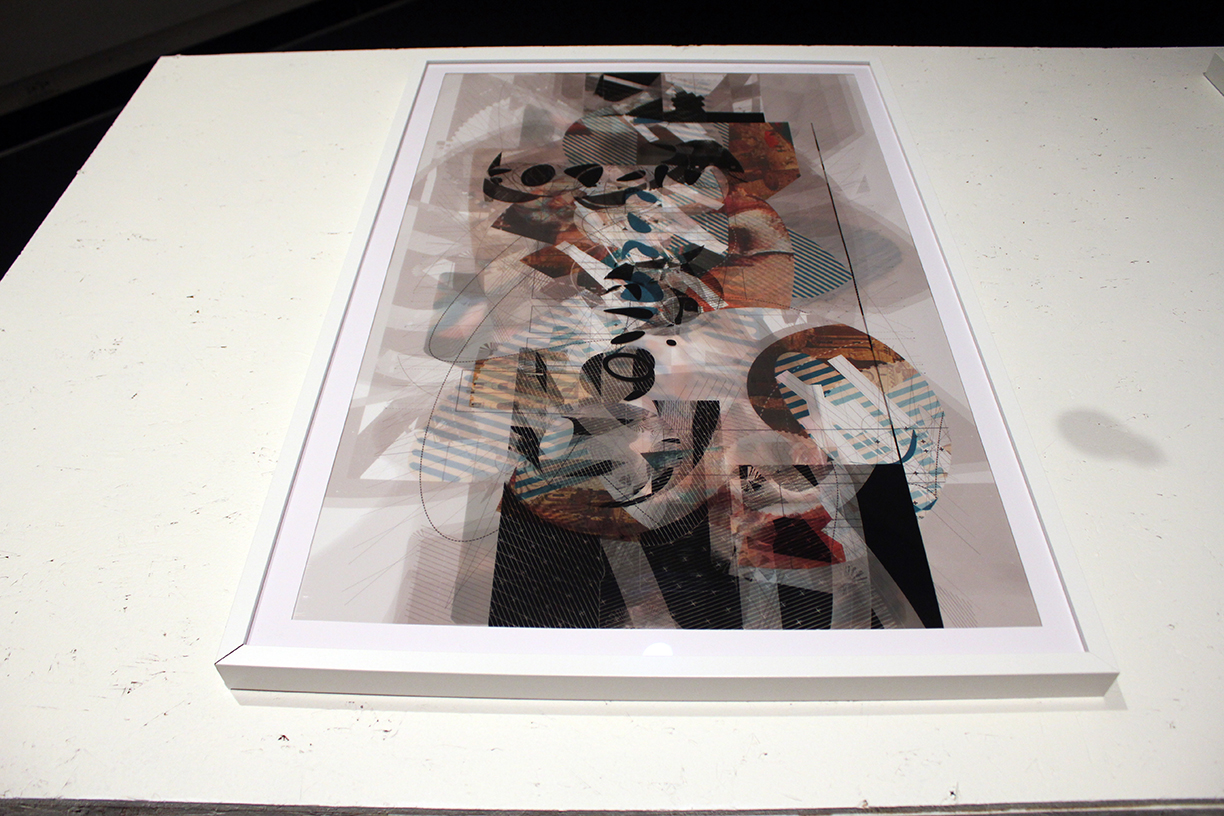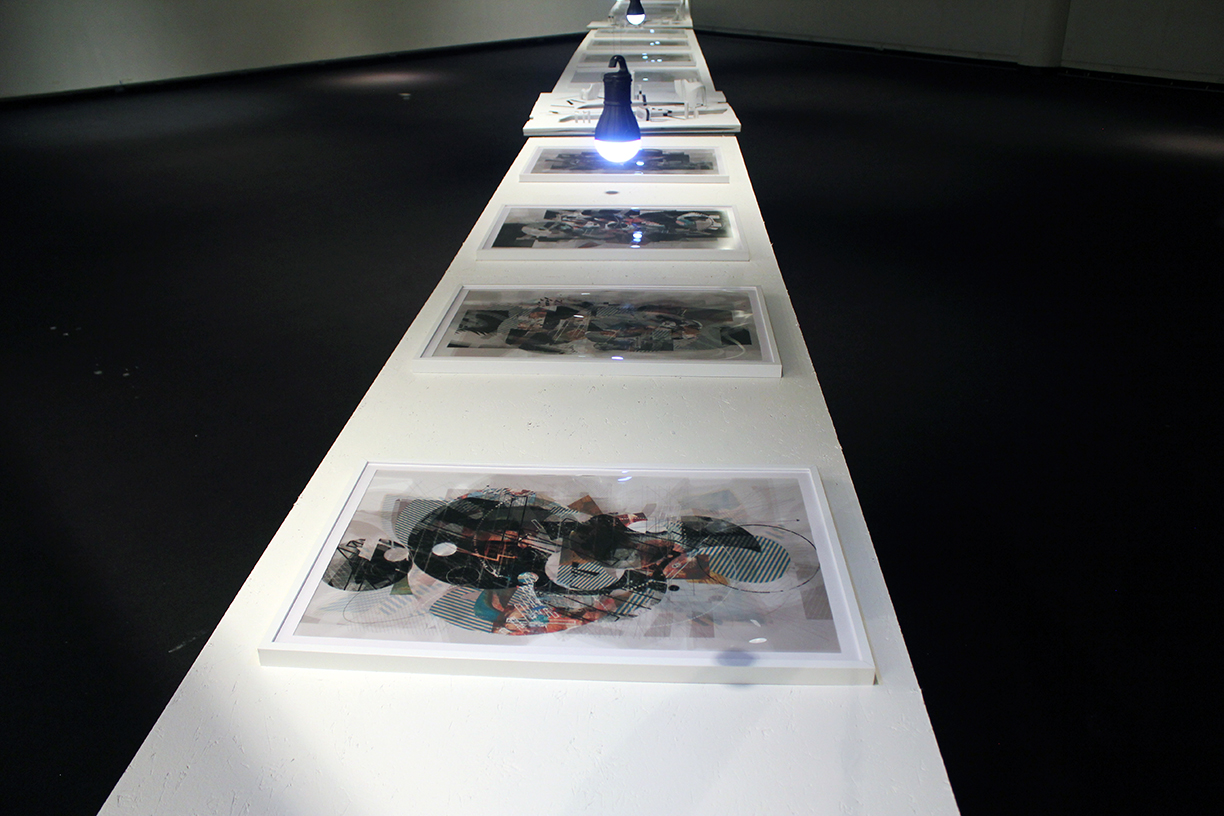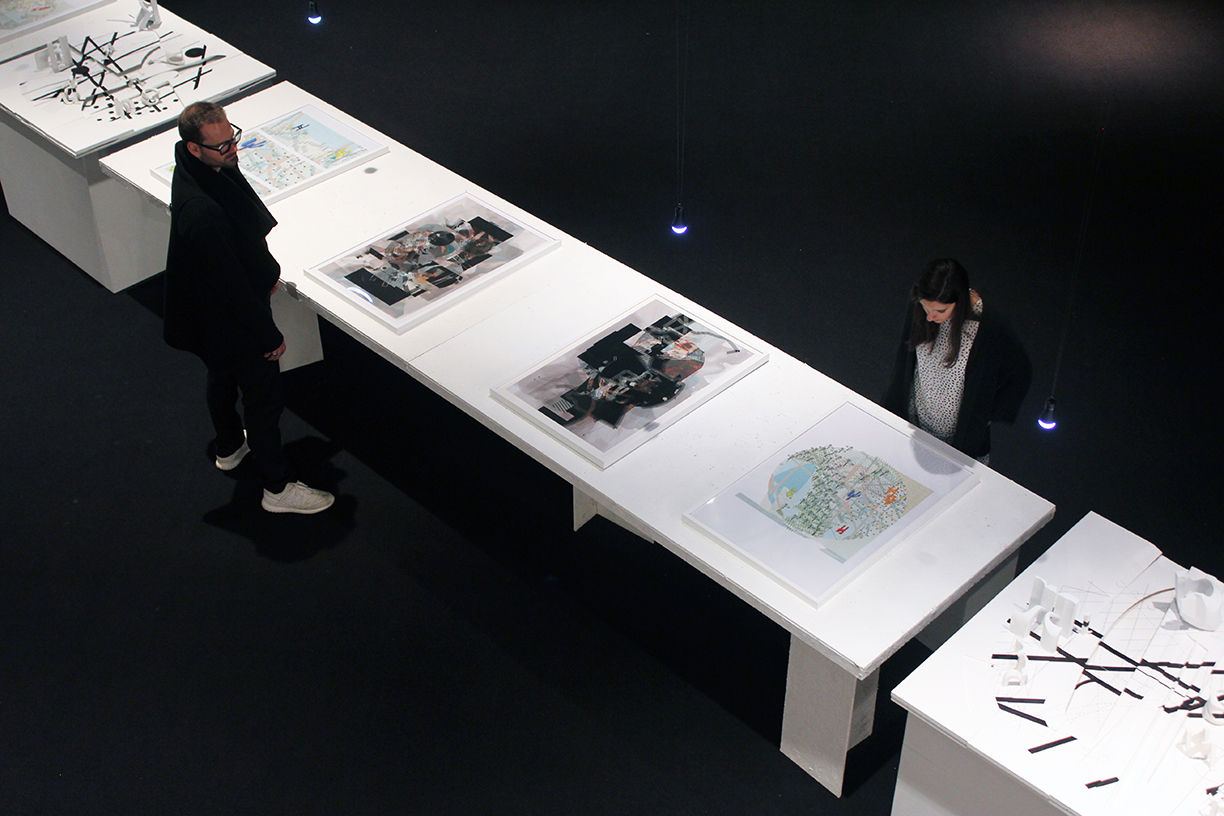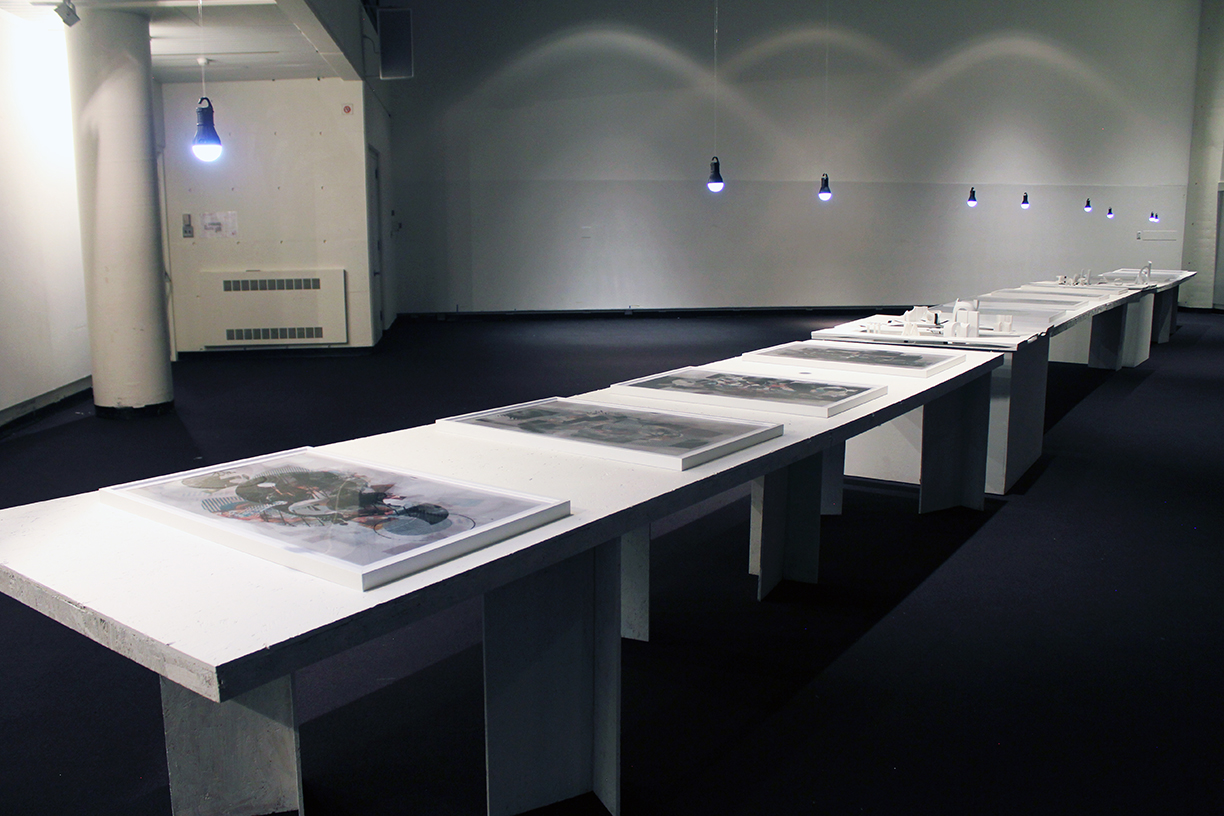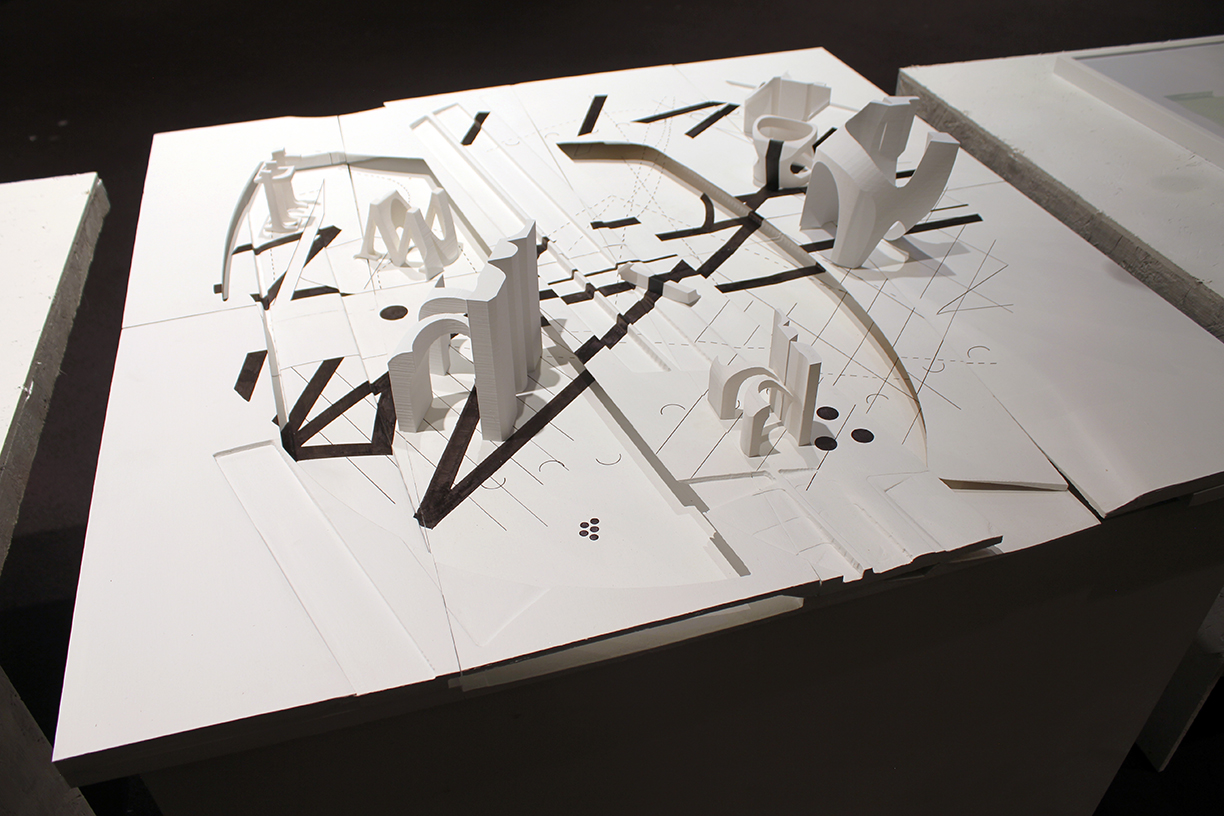Endnotes
Cambridge
2016-17
The last four-plus decades have seen formidable developments in the discipline of architectural history/theory and at large — Architecture. This prolific production of theory found its mode of public dissemination in mediums such as Oppositions, Log and Assemblage among countless others.
Theorist such as Diana Agrest, Stanford Anderson, Alan Colquhoun, Francesco Dal Co, Peter Eisenman, William Ellis, Kurt W. Forster, Kenneth Frampton, Mario Gandelsonas, Michael Hays, Giorgio Grassi, Fred Koetter, Rem Koolhaas, Léon Krier, Mary McLeod, Rafael Moneo, Joan Ockman, Martin Pawley, Aldo Rossi, Colin Rowe, Denise Scott Brown, Jorge Silvetti, Manfredo Tafuri, Bernard Tschumi and Anthony Vidler all participated in the production of a new disciplinary mode of communication, one that attempted to begin the cross breeding of Architecture with art, literary theory and attempt to connect with the general public.
The origins of architecture’s disciplinary and representational bisections can simultaneously be traced be to the infusion of psychology and critical theory into Architecture’s reach. Through this reaching, architecture’s means of representational tendencies delineated into the text & image. We suddenly have no inclination of how and in what sense to move forward, why? We have instead, paused and exploded into a plethora of unrelated directions. Simultaneously, the scholars of architectural discourse, have found no foundation on which to attach their new words, endlessly attempting to pull from the graveyard of forged memories, manifestos scratching for a ray of light to peer upon their texts.
Text, defined as content rather than physical form, and, image defined as a representation of external form then leaves Architecture with either text with nothing to shape or images with nothing to say. These modes of architectural communication have fostered a space of inquiry and disconnect between the scholarly text and design image. This differentiation is broken down into the usage of language, audience and mediums, nothing more. It is not a question of criticality, or relevance, it is not a question of meaning, it is a question of common meaning and interpretation.
Manfredo Tafuri’s introduction to The Historical Project, an essay located within, The Sphere and the Labyrinth, begins with a quote, a statement, whose usage tetters again, yet now it tetters between speech (parole) and text (langue). This quote stating as follows,
“There comes a moment (though not always) in research when all the pieces begin to fall into place, as in a jigsaw puzzle. But unlike the jigsaw, where all the pieces are near at hand and only one figure can be assembled (and thus the correctness of each move be determined immediately), in research only some of the pieces are available, and theoretically more than one figure can be made from them. In fact, there is always the risk of using, more of less consciously, the pieces of the jig-saw puzzle as blocks in a construction game. For this reason, the fact that everything falls into place is an ambiguous sign: either one is completely right or completely wrong. When wrong, we mistake for object verification the selection and solicitation (more of less deliberate) of the evidence, which is forced to confirm the presuppositions (more of less explicit) of the research itself. The dog thinks that it is biting the bone and is instead biting its own tail.”
The text, the written portion, of ENDNOTES is the collection of images before you. The images before you, are a translation of the text into text, but a translation of the linguistic text, into the graphic text, the text one step removed from pure legibility as itself, and still teetering tension between image and text. Each graphical translation is a framed perspective to the semiotic object extracted from the larger whole and allowed to explore its lingering middle between language, image, and implicitly architectural convention. Conventions are architecture’s first language, its primary means of communication.
The artifacts on display are the remnants of such in an investigation. They are a series of graphic translations which attempt to begin to represent an alternative perspective of Manfredo Tafuri’s ideas into an in-between of the text and image; only solidified through the spectator’s desire. There are nine large graphic translations, two material translations, six momentary glimpses into these translation’s constructed realities and one publication all presented in one installation.
ENDNOTES looks not to answer questions, but to discover the potentiality of understanding all the tools at hand and the power of fragmenting even the most solidified of methods and presenting their outcomes.

